Gumption. It’s an unheralded virtue. Something like this one: stick-to-itiveness. Antiquated and unexpected, it reveals itself as essence, as a silent instrument of victory.
Ask Mike Krzyzewski. Ask Hubert Davis. Ask their basketball prodigies at Duke and the University of North Carolina. Far beyond April’s Final Four clash of those two Tobacco Road titans — both ascendant models of hardwood tradition and grit — come signs that maybe gumption is staging a comeback. And, whew, maybe just in time. If for no other reason, it’s worth looking at North Carolina.
For the second year in a row, North Carolina claims Site Selection’s Prosperity Cup, which recognizes state-level economic development agency success based on a 10-point index of criteria derived largely from capital investment project activity the previous calendar year (see methodology).
TOP 10 STATES
| 2022 | 2021 | |
|---|---|---|
| 1 | 1 | North Carolina |
| 2 | 3 | Texas |
| 3 | 9 | Tennessee |
| T4 | 2 | Georgia |
| T4 | 5 | Indiana |
| 6 | 5 | Kentucky |
| 7 | 4 | Ohio |
| 8 | 7 | South Carolina |
| 9 | 10 | Michigan |
| 10 | 11 | Virginia |
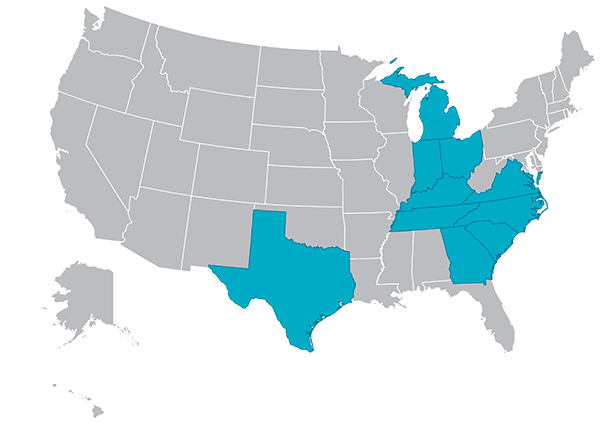
Clearly, this is not some blip. A selective yet striking consensus holds that North Carolina’s increasingly resonant example represents the triumph of long-term planning, perseverance and adaptability, investment and execution. Would you call that gumption?
Staying the Course Yielded Biggest Deal Ever
Exhibit A of many would be the newly announced Toyota EV battery manufacturing plant to be built at the 10-year-old Greensboro-Randolph County Megasite, the disappointed bridesmaid in the battle for the Mazda Toyota mega factory that went to Huntsville, Alabama, in 2018. Toyota’s planned $1.29 billion EV investment in North Carolina, announced in early December, was hailed by Gov. Roy Cooper as the biggest economic development deal in the state’s history, with its projected jobs count of 1,750 and an expected multiplier far beyond that.
2022 State Rankings
by Region
NORTHEAST
| 2022 | 2021 | |
|---|---|---|
| 1 | 1 | Pennsylvania |
| 2 | 3 | Massachusetts |
| 3 | 2 | New York |
| 4 | 5 | New Hampshire |
| 5 | 7 | Connecticut |
| 6 | 6 | New Jersey |
| 7 | 8 | Rhode Island |
| 8 | 4 | Maine |
| 9 | 9 | Vermont |
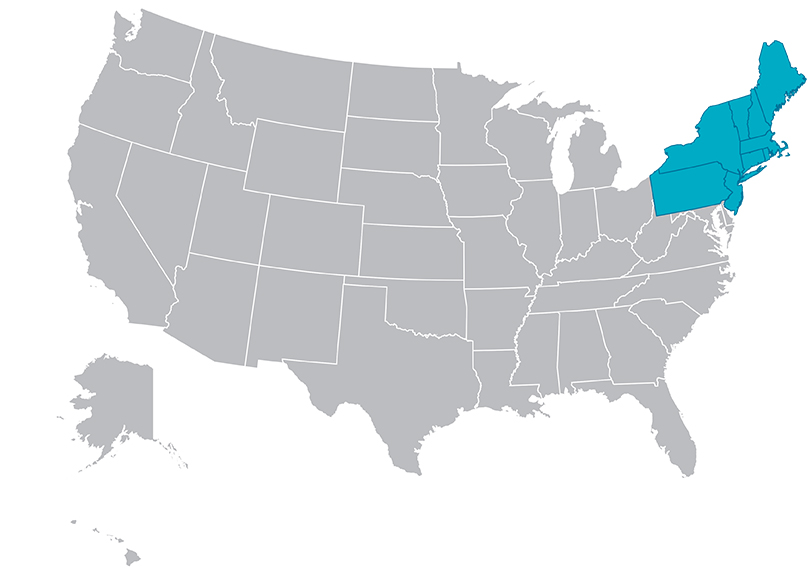
EAST NORTH CENTRAL
| 2022 | 2021 | |
|---|---|---|
| 1 | 2 | Indiana |
| 2 | 1 | Ohio |
| 3 | 3 | Michigan |
| 4 | 4 | Illinois |
| 5 | 5 | Wisconsin |
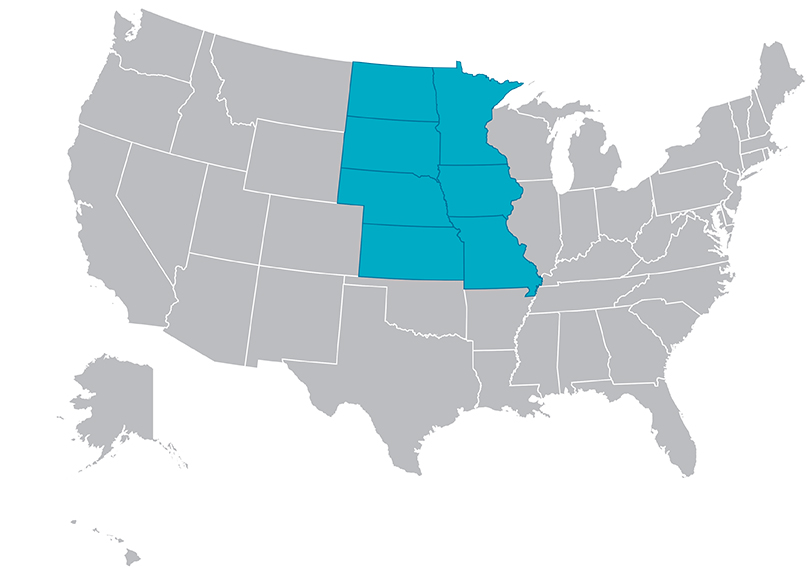
PACIFIC
| 2022 | 2021 | |
|---|---|---|
| 1 | 2 | Washington |
| 2 | 1 | California |
| 3 | 3 | Oregon |
| 4 | 4 | Alaska |
| 5 | 5 | Hawaii |
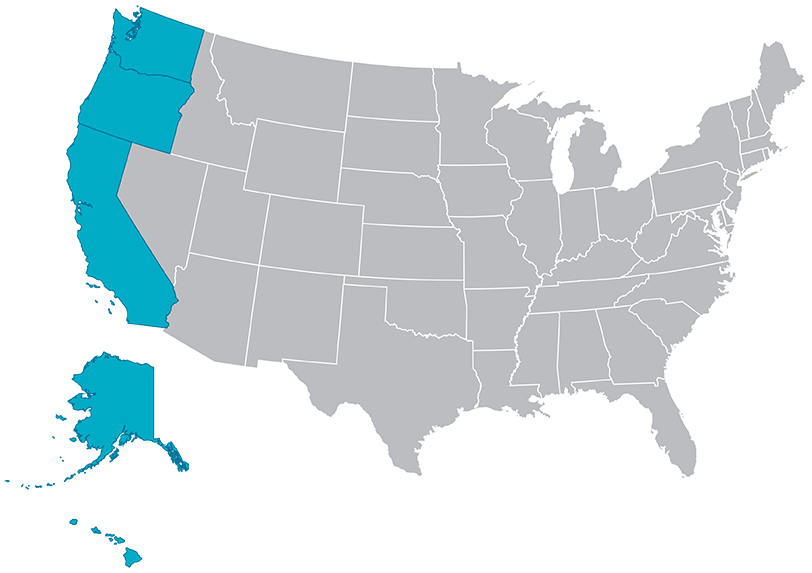
SOUTH ATLANTIC
| 2022 | 2021 | |
|---|---|---|
| 1 | 1 | North Carolina |
| 2 | 2 | Georgia |
| 3 | 3 | South Carolina |
| 4 | 4 | Virginia |
| 5 | 5 | Florida |
| 6 | 6 | Delware |
| 7 | 8 | West Virginia |
| 8 | 7 | Maryland |
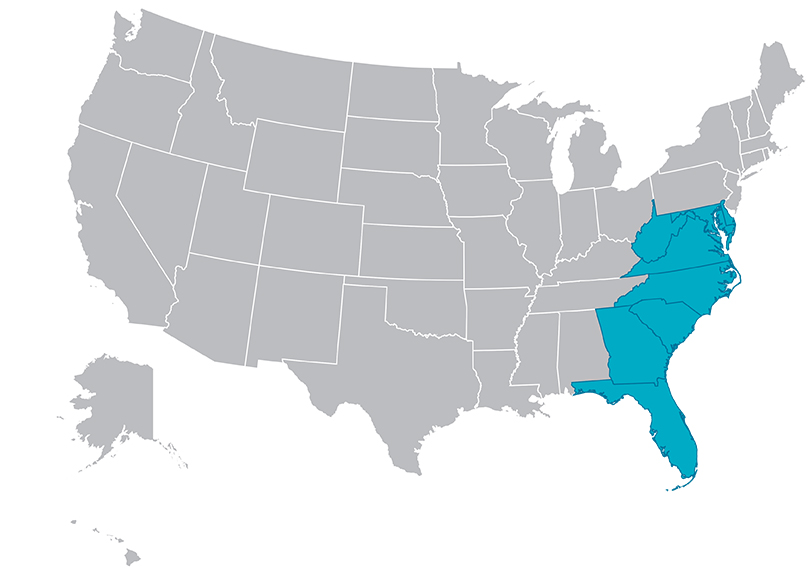
WEST NORTH CENTAL
| 2022 | 2021 | |
|---|---|---|
| 1 | 1 | Kansas |
| 2 | 4 | Iowa |
| 3 | 5 | South Dakota |
| 4 | 2 | Nebraska |
| 5 | 3 | Missouri |
| 6 | 7 | North Dakota |
| 7 | 6 | Minnesota |

SOUTH CENTRAL
| 2022 | 2021 | |
|---|---|---|
| 1 | 1 | Texas |
| 2 | 3 | Tennessee |
| 3 | 2 | Kentucky |
| 4 | 5 | Louisiana |
| 5 | 4 | Alabama |
| 6 | 6 | Mississippi |
| 7 | 8 | Arkansas |
| 8 | 7 | Okalhoma |
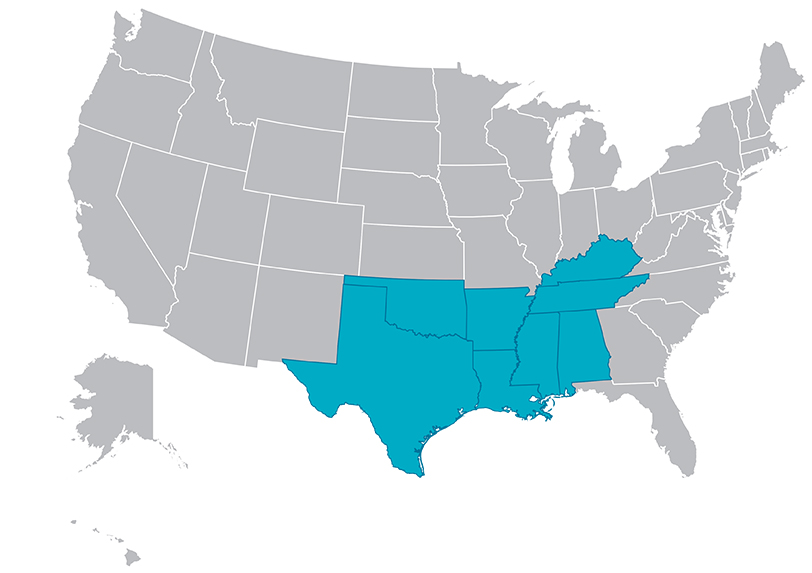
MOUNTAIN
| 2022 | 2021 | |
|---|---|---|
| 1 | 1 | Arizona |
| 2 | 2 | Utah |
| 3 | 4 | Nevada |
| 4 | 3 | New Mexico |
| 5 | 6 | Colorado |
| 6 | 5 | Idaho |
| 7 | 7 | Wyoming |
| 8 | 8 | Montana |
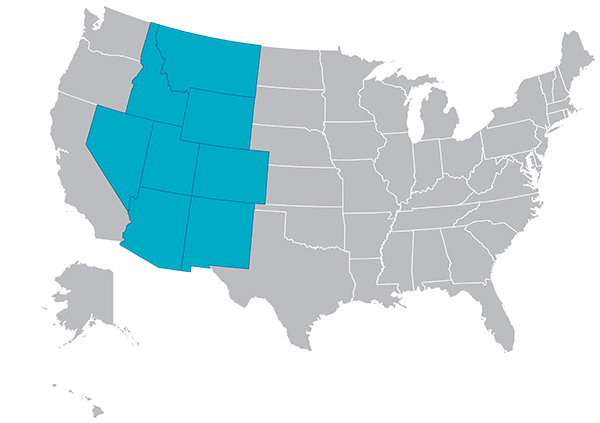
Source: Conway Projects Database
A triumvirate consisting of the Greensboro-Randolph Megasite Foundation, Randolph County and North Carolina Railroad had invested more than $60 million in hopes of a big return, even as the 1,825-acre site sat untaken for years.
“There were certainly opportunities for us to utilize smaller acreage within that megasite and turn it into kind of a run-of-the-mill industrial park,” Brent Christensen, CEO of the Greater Greensboro Chamber of Commerce told Site Selection in January. “But we were determined that this would be a transformative project for our region. We stayed the course and our perseverance paid off big.”
Toyota thus becomes the OEM that long had eluded North Carolina, even as its southeastern neighbors accumulated headline grabbing automotive wins. Crucial to landing the Toyota battery project were changes to the language governing North Carolina’s Job Development Incentive Grant program, part of the state budget approved by Gov. Cooper less than three weeks before Toyota’s announcement.
“For a long time, there was a perception, real or otherwise,” says Christopher Chung, CEO of the Economic Development Partnership of North Carolina, “that North Carolina was insufficiently aggressive on the incentives front to win these types of projects. With incentives,” says Chung, “you don’t want to give away the store, but you have to be very competitive because other states are very likely to put their best offers forward. And either we didn’t have the tools in the toolbox, or we were not sufficiently competitive using the tools we did have. A lot of that’s been remedied now.”
Biotech: A Vision Fulfilled
With technology-driven medicine it’s a different story, of course, North Carolina long ago having ascended to the mantle of prized biotech destinations. For that, Chung offers credit to the foresight of former Gov. Jim Hunt, whose first of two eight-year tenures began in 1977.
“Governor Hunt,” says Chung, “was one of the more successful governors in the South for economic development. He saw this as a real chance to differentiate North Carolina and to leverage our universities. Now, some 40 years later, we have something like 650 life science companies in North Carolina. Here again,” says Chung, “you’ve definitely got to have foresight and a willingness to persist and be tenacious in going after that goal.”
Among other fuels for the industry, Chung says, Hunt created the North Carolina Biotechnology Center (NCBiotech). Chung regards it as “a key asset” and “hugely important partner” in the state’s life sciences recruitment efforts, which in 2021 yielded 19 major projects in the sector representing some $4 billion in investments and more than 4,800 jobs. Top investors included FUJIFILM Diosynth Technologies ($2 billion), Amgen ($550 million), Thermo-Fisher Scientific ($350 million) and Abzena ($213 million).
William Bullock, NCBiotech’s senior vice president for economic development and statewide operations, dates North Carolina’s auspicious plunge into the nascent world of biotechnology even further back than Chung does, to the 1959 founding of Research Triangle Park on 7,000 forested acres near the campuses of Duke, UNC and N.C. State.
"… You’ve definitely got to have foresight and a willingness to persist and be tenacious.” — Christopher Chung, CEO, Economic Development Partnership of North Carolina
“RTP was a big vision for a state that was very poor and struggling 60 years ago,” Bullock tells Site Selection. “And the idea of taking the three universities and creating RTP in the middle of them, while it may have sounded good, it wasn’t a sure thing.
“But,” he concludes, “it’s really paid off.”
Start Me Up
Long-term investments in North Carolina startups are beginning to pay off, as well, believes Tim McLoughlin, partner at Cofounders Capital, a venture fund in Raleigh. Entrepreneurs and their backers, McLoughlin says, are reaping “the fruits of their labor over the past decade or two.”
Investment funds, believes McLoughlin, are overcoming past objections to North Carolina amid the emergence of superstar startups led by “Fortnite” creator Epic Games, valued in April at $31 billion. Others include consumer software unicorn Pendo, AvidXchange and nCino (fintech), and the newly public Global Data Consortium (financial markets data).
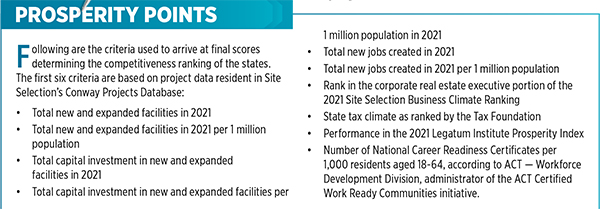
“North Carolina didn’t have the large exits that they wanted to see,” McLoughlin explains. “Over the last few years that has certainly changed. Now you’re seeing the success of those investments made five, seven 10 years ago. It’s a long game and we’re seeing it take off.”
Biomason (sustainable construction technology), Vestaron (crop protection), Topsail Re (reinsurance), Interceptor Bio (cell therapy) and Spiffy (car wash) are among the North Carolina startups investors flocked to in 2021. As such successful, regional ventures lure new investment and spin out wealth, McLoughlin sees the start of a virtuous circle.
“With these exits and these returns, folks will have their own capital and be able to do more early-stage investing and be more patient about it. We’re seeing that happen right now.”

